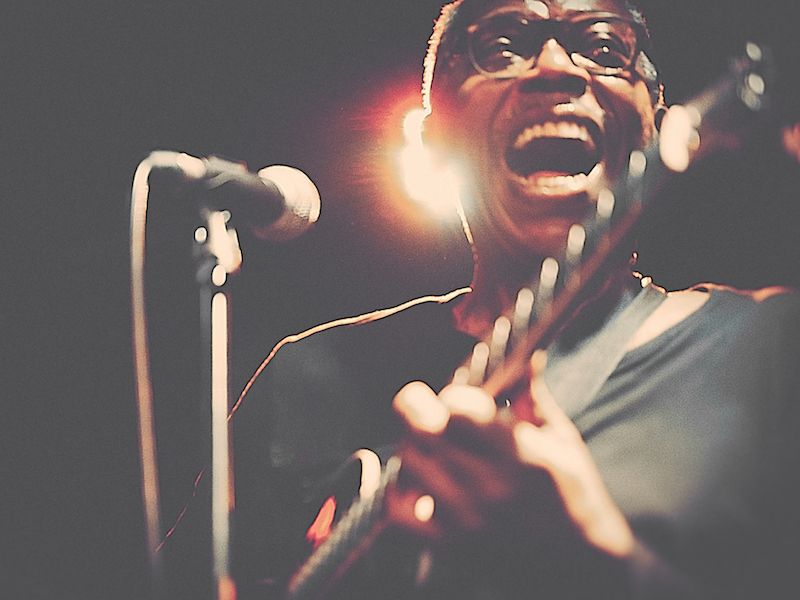
Do you turn up the volume when your favorite song comes on the radio? Lots of people do that. When you pump up the music, you can feel it in your gut. And it’s something you can really enjoy. But, here’s the situation: there can also be appreciable harm done.
In the past we weren’t aware of the relationship between music and hearing loss. Volume is the biggest problem(both in terms of sound intensity and the number of listening sessions in a day). And it’s one of the reasons that many of today’s musicians are changing their tune to protect their hearing.
Hearing Loss And Musicians
It’s a pretty famous irony that, when he got older, classical composer Ludwig van Beethoven was hard of hearing. He could only hear his compositions in his head. On one occasion he even needed to be turned around so he could see the thunderous applause of his audience because he couldn’t hear it.
Beethoven may be the first and most famous example of the deaf musician, but he definitely isn’t the last. In fact, a far more recent generation of rock musicians, all famous for turning their speakers (and performances) up to 11–are now going public with their own hearing loss experiences.
From Neil Diamond to Eric Clapton to will.i.am, the stories all seem remarkably similar. Being a musician means spending just about every day stuck between blaring speakers and deafening crowds. The trauma that the ears experience every day gradually results in noticeable harm: hearing loss and tinnitus.
Even if You’re Not a Musician This Could Still be an Issue
You might think that because you aren’t personally a rock star or a musician, this may not apply to you. You’re not playing for large crowds. And you don’t have huge amplifiers behind you daily.
But you do have a set of earbuds and your chosen playlist. And there’s the concern. Thanks to the contemporary features of earbuds, just about everyone can enjoy life like a musician, flooded by sound and music at way too high a volume.
This one little thing can now become a serious issue.
So How Can You Protect Your Ears When Listening to Music?
So, the first step is that we admit there’s an issue (that’s kind of always the first step, but it’s particularly true in this case). People are putting their hearing in peril and need to be made aware of it (particularly more impressionable, younger people). But you also should take some other steps too:
- Get a volume-monitoring app: You are probably not aware of the actual volume of a live concert. Wherever you find yourself, the volume of your environment can be calculated with one of many free apps that can be downloaded to your smartphone. This will help you monitor what’s dangerous and isn’t.
- Wear earplugs: When you go to a rock concert (or any kind of musical show or event), wear hearing protection. They won’t really lessen your experience. But your ears will be safeguarded from further damage. (By the way, wearing ear protection is what the majority of your favorite musicians are currently doing to protect their hearing, so even the cool kids are doing it).
- Manage your volume: If you go above a safe listening level, your smartphone may let you know. If you care about your long-term hearing, you should listen to these warnings.
Limit Exposure
It’s pretty straight forward math: the more often you put your ears at risk, the more substantial your hearing loss later in life could be. Eric Clapton, for example, has completely lost his hearing. If he knew, he probably would have begun protecting his hearing sooner.
Limiting exposure, then, is the best way to reduce damage. That can be tricky for people who work at a concert venue. Part of the strategy is wearing ear protection.
But everyone would be a lot better off if we simply turned down the volume to practical levels.
